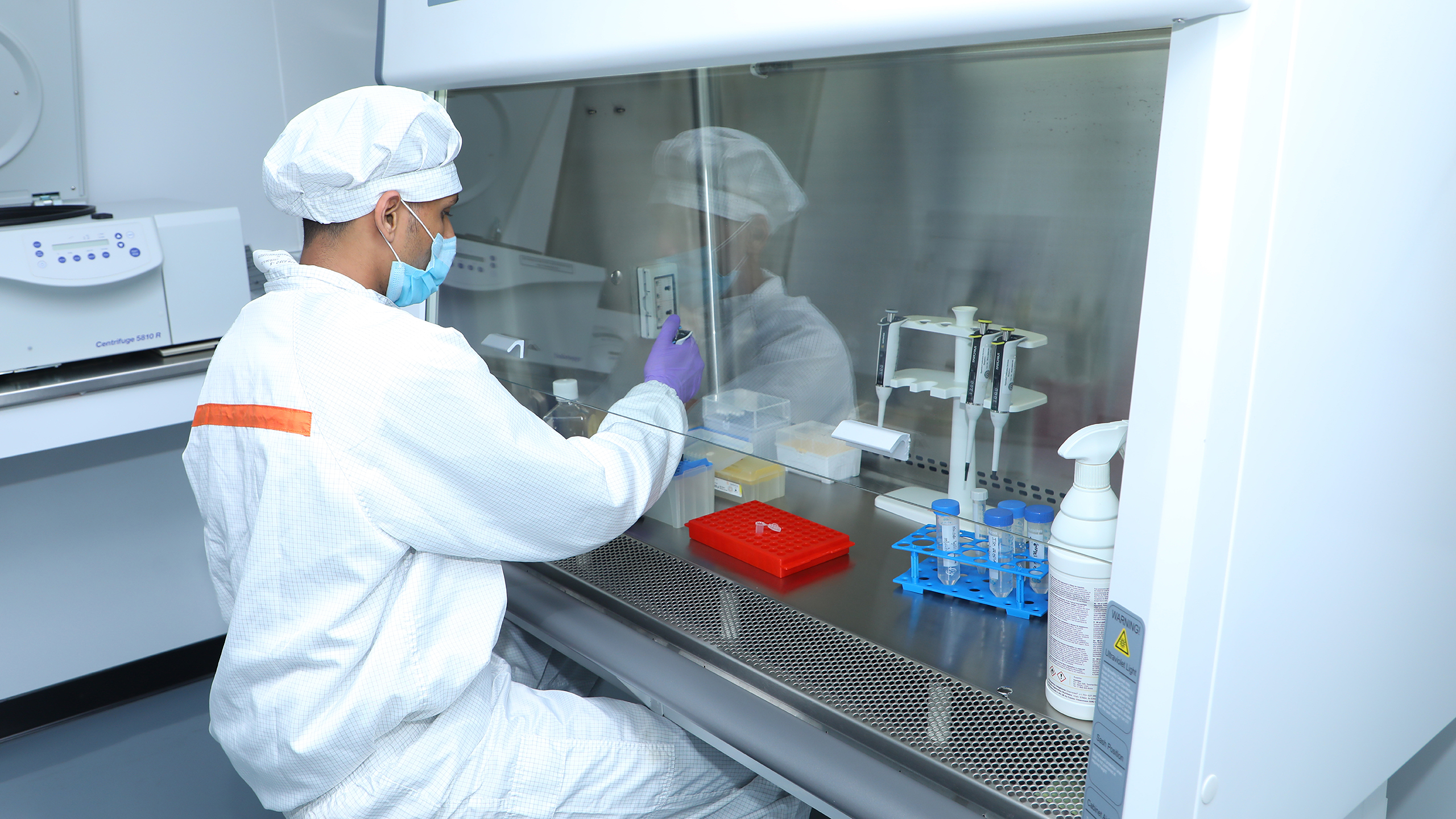
January 2021 In 2020 the Coronavirus pandemic has, unsurprisingly, proved to be the primary driver behind a number of trends across the global biologics industry. This has been very much a “double edged sword” for many companies across pharma and biopharma.
On the positive side, demand for both high quality and high volume CGMP drug substance and drug product manufacturing services has soared, particularly for CDMOs able to support a wide range of COVID vaccine technologies and, to a lesser extent, therapeutic monoclonal antibody products.
The pandemic has, however, also had some negative knock-on effects as budgets and resources are diverted to “COVID products” at the expense of other biologics projects in development for other therapeutic areas and, it’s likely we’ll see a real impact across the board on project timelines as a result.
In line with this, readily available capacity has become harder to come by, putting a premium on it and also triggering a wave of investment in capacity expansion to meet anticipated future demand.
Less well publicized is the stress that the pandemic is putting on the supply chain for critical manufacturing components. In particular, disposable components for single use systems are being allocated to support major COVID programs leaving unacceptably high lead times for delivery of consumables required to support other critical programs. Vendors are working hard to increase capacity, but the impact is undoubtedly starting to be recognized.
A further highly visible COVID-driven trend that will likely change the way we do business over the long term is the move towards remote working and the use of technology for communication, not only for those able to perform their duties from a remote environment, but also as it is being applied to site visits and audits—both from clients and regulatory bodies.
Promisingly, it has been encouraging to see companies that might be seen as competitors under normal circumstances rising to the challenge and working cooperatively in support of pandemic control efforts, opening the door for better support of customer needs in future as a result of closer collaboration.



